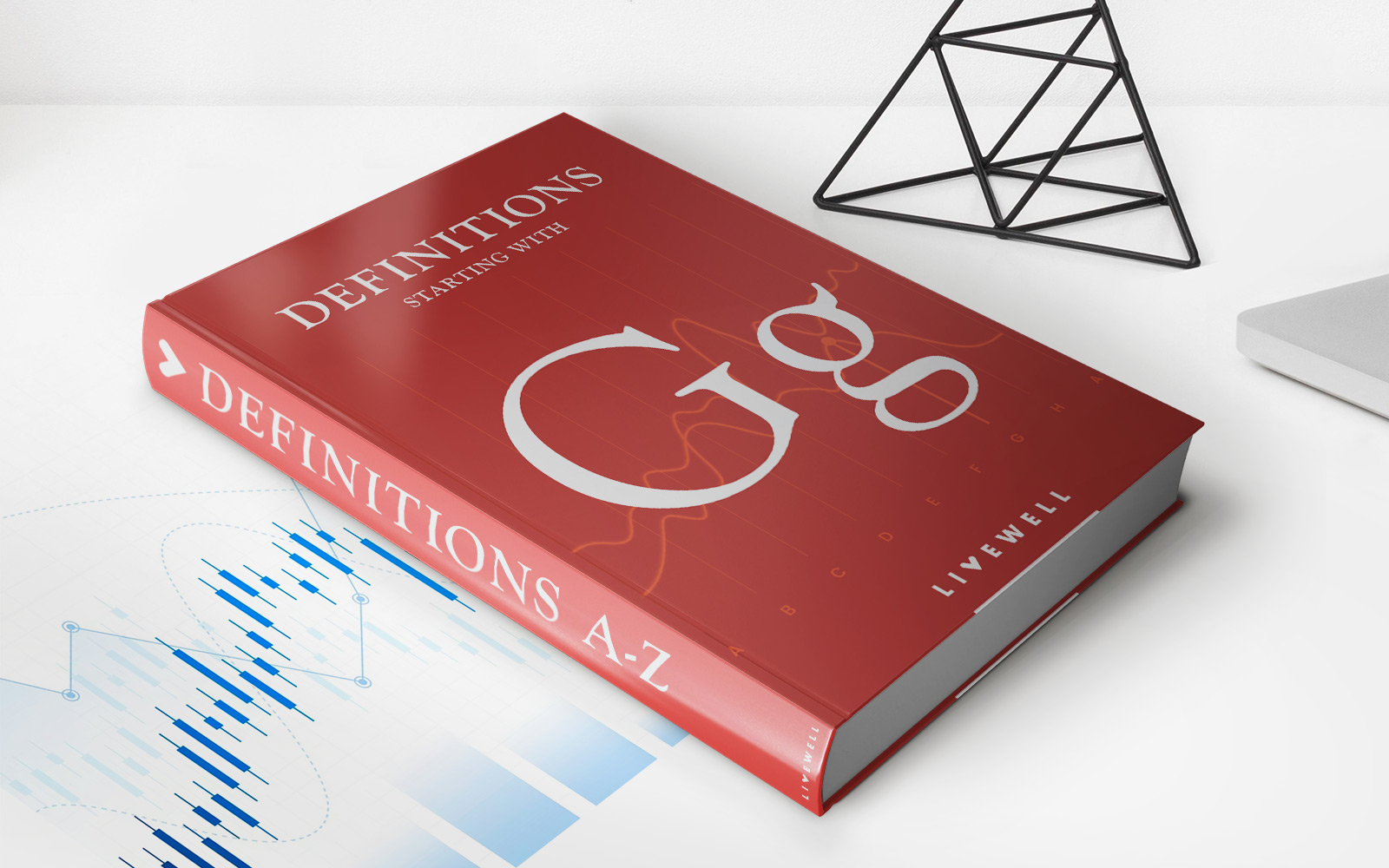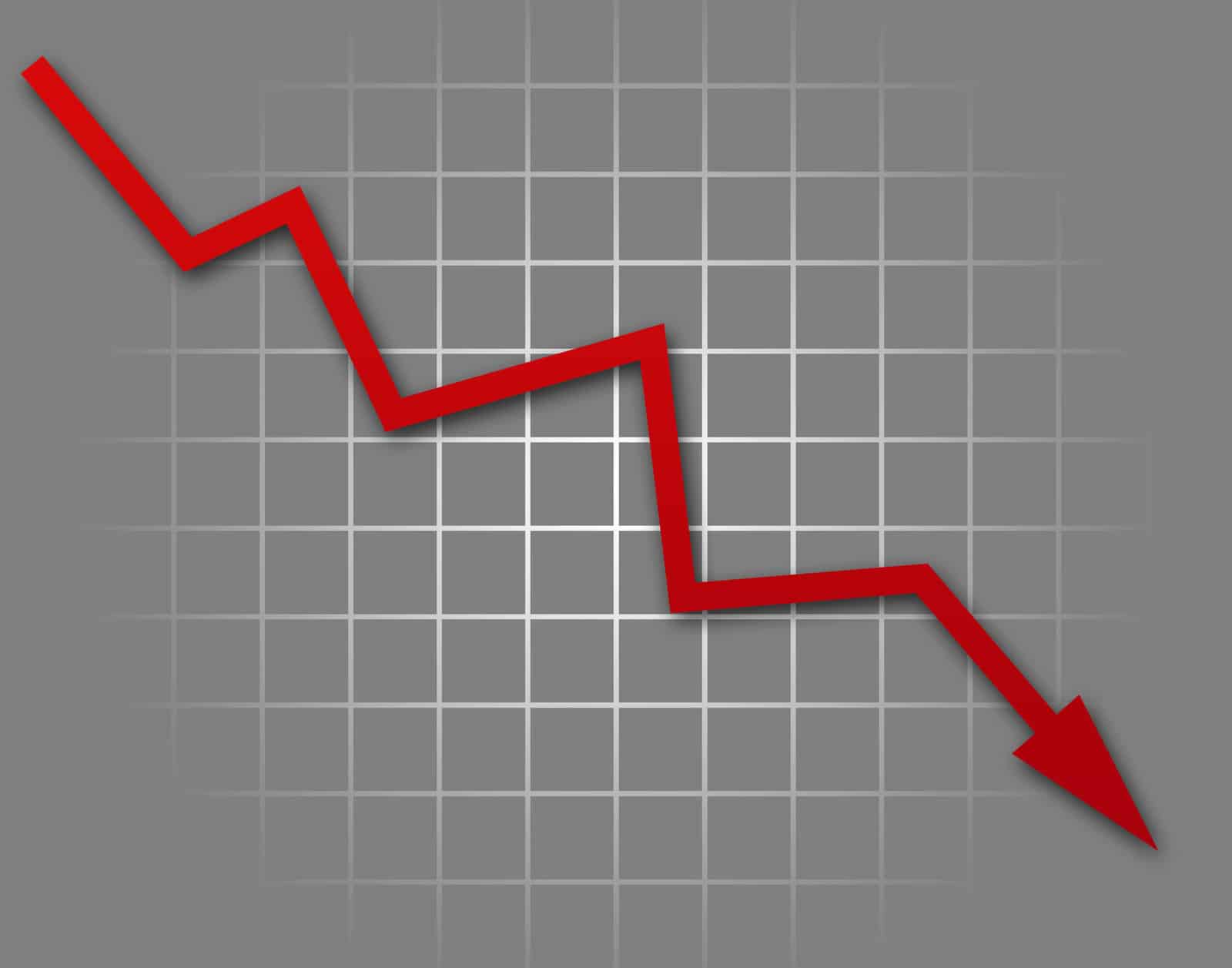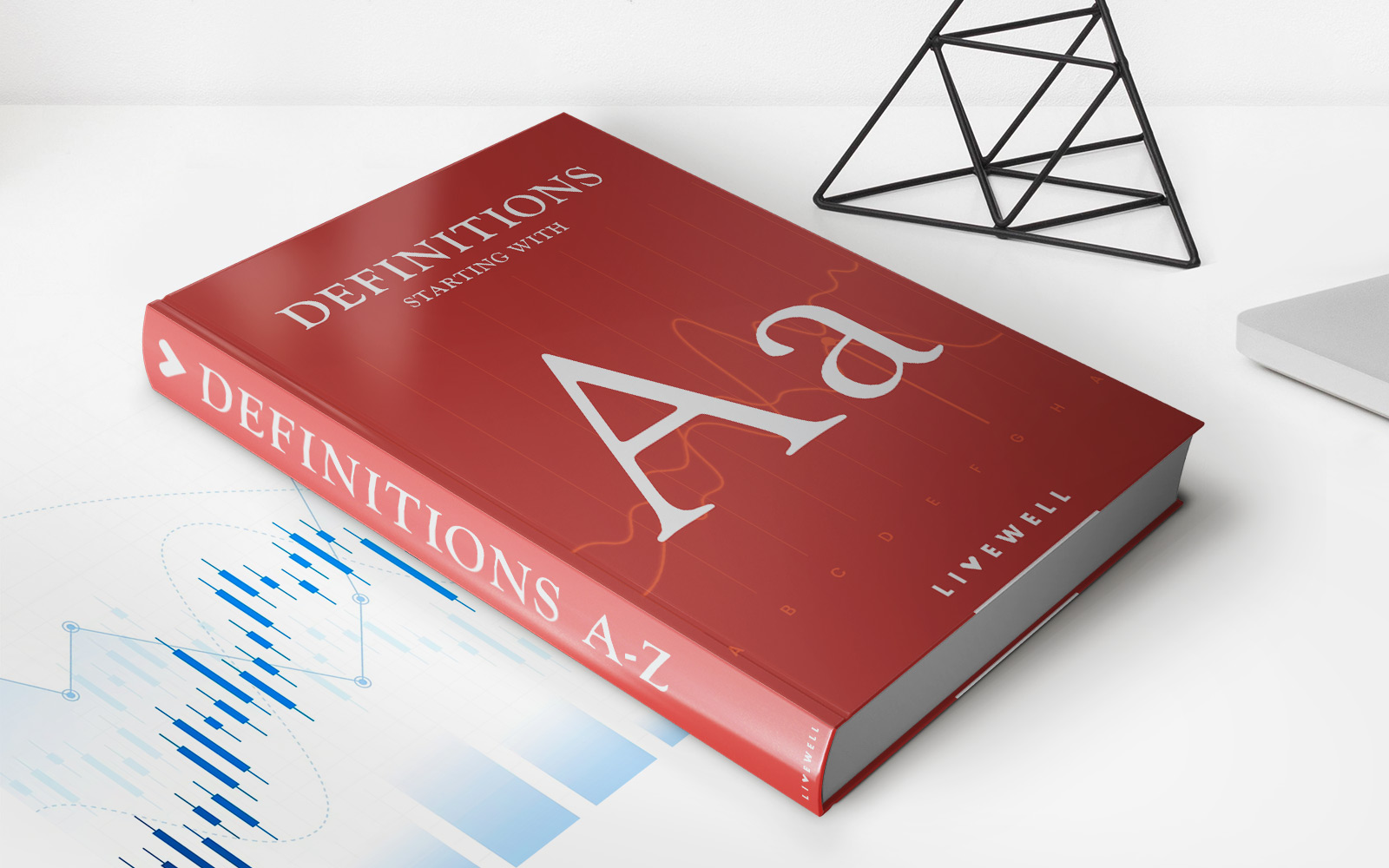

Finance
How Much Can I Pay Into My Pension
Published: November 27, 2023
Discover how much you can contribute to your pension and plan your finances for a secure future. Maximize your retirement savings with expert financial advice.
(Many of the links in this article redirect to a specific reviewed product. Your purchase of these products through affiliate links helps to generate commission for LiveWell, at no extra cost. Learn more)
Table of Contents
Introduction
Welcome to our comprehensive guide on pension contributions! Planning for your retirement is crucial, and understanding how much you can pay into your pension is an important aspect of financial wellbeing. In this article, we will explore the various factors that affect your pension contributions, including annual allowance, earnings thresholds, personal and employer contributions, tax relief, pension carry forward, and lifetime allowance.
Before we delve into the details, let’s establish why pension contributions are so vital. A pension is a long-term savings plan designed to provide financial stability during retirement. By making regular contributions, you are building a nest egg that will fund your post-work life comfortably and enable you to maintain your desired standard of living. However, it’s important to know the limits and rules surrounding pension contributions to ensure you are maximizing your retirement savings while staying within the legal guidelines.
Now, let’s explore the key factors that determine how much you can pay into your pension.
Understanding Pension Contributions
Pension contributions refer to the amount of money you contribute to your pension scheme on a regular basis. These contributions can come from various sources, including your personal income as well as contributions made by your employer.
When it comes to understanding how much you can pay into your pension, there are several factors to consider, such as the annual allowance, earnings thresholds, personal contributions, and employer contributions.
The annual allowance is the maximum amount that can be contributed to your pension in a tax year while still receiving tax relief. Currently, for most individuals, this is set at £40,000. It’s important to note that for high-income earners, the annual allowance may be reduced through the tapered annual allowance system.
Earnings thresholds also play a significant role in determining pension contributions. The lower earnings threshold is the minimum amount of earnings an individual must have in a tax year to qualify for automatic enrollment into a workplace pension scheme. The qualifying earnings band is the range of earnings on which contributions are based, typically between the lower and upper earnings thresholds. It’s crucial to understand these thresholds as they can impact the amount you and your employer contribute to your pension.
Personal contributions are the amounts you voluntarily contribute to your pension scheme. These contributions can be made through salary sacrifice, where a portion of your salary is redirected towards your pension before tax is deducted, or through standard personal pension contributions. The amount you can personally contribute depends on your income and the annual allowance.
Employer contributions are the funds contributed to your pension scheme by your employer. These contributions can vary depending on the employer’s pension scheme and are often matched up to a certain percentage of your salary. Taking advantage of employer contributions is essential, as it effectively boosts your pension savings without any additional cost to you.
In the next sections, we will explore how tax relief, pension carry forward, and the lifetime allowance factor into your pension contributions. Understanding these concepts will help you make informed decisions to optimize your retirement savings.
Annual Allowance
The annual allowance is a crucial factor that determines how much you can contribute to your pension while still receiving tax relief. Currently set at £40,000 for most individuals, it represents the maximum amount that can be contributed to your pension in a tax year. However, it’s important to note that the annual allowance may be reduced for high-income earners through the tapered annual allowance system.
If your income exceeds £150,000, you may be subject to the tapered annual allowance. Under this system, for every £2 of income above £150,000, your annual allowance is reduced by £1, up to a minimum annual allowance of £4,000. This means that if your income exceeds £210,000, your annual allowance will be capped at £4,000.
It’s crucial to monitor your income and the potential impact on your annual allowance, as exceeding the annual allowance can result in tax charges. If you contribute more than the annual allowance in a tax year, you may be subject to the annual allowance charge, which effectively eliminates the tax relief on any excess contributions.
It’s worth noting that the annual allowance applies to all contributions made to your pension, including personal and employer contributions. If you contribute more than the annual allowance, you have the option to carry forward any unused allowance from the previous three tax years, as long as you were a member of a registered pension scheme during those years.
Understanding and managing your annual allowance is crucial for effective retirement planning. By optimizing your contributions within the allowed limits, you can maximize tax relief and ensure you are making the most of your pension savings.
Earnings Thresholds
Earnings thresholds play a significant role in determining pension contributions and eligibility for certain pension schemes. There are two primary types of thresholds to consider: the lower earnings threshold and the qualifying earnings band.
The lower earnings threshold is the minimum amount of earnings an individual must have in a tax year to qualify for automatic enrollment into a workplace pension scheme. Currently, the lower earnings threshold in the UK is set at £10,000. If your earnings fall below this threshold, you may not be automatically enrolled in a workplace pension scheme. However, you still have the option to join a scheme voluntarily.
The qualifying earnings band is the range of earnings on which contributions are based. For the 2021/2022 tax year, the qualifying earnings band is between £6,240 and £50,270. This means that any earnings within this range will be used to calculate pension contributions for automatic enrollment purposes.
For individuals earning below the lower earnings threshold but above £6,240, they have the option to join a pension scheme voluntarily and receive employer contributions if the scheme allows for it. This is particularly beneficial for individuals who want to boost their pension savings even if they are not automatically enrolled in a workplace scheme.
It’s important to note that these earnings thresholds may vary depending on your pension scheme and the specific guidelines set by your employer. Some workplace pension schemes may have different thresholds and requirements, so it’s essential to review your scheme’s documentation and consult with your employer or pension provider for accurate and up-to-date information.
Understanding the earnings thresholds associated with pension contributions is crucial to ensure that you are eligible for automatic enrollment and to make informed decisions regarding voluntary contributions. By maximizing your contributions within the qualifying earnings band, you can take full advantage of employer contributions and enhance your retirement savings.
Personal Contributions
Personal contributions to your pension are the amounts you voluntarily contribute from your own income. These contributions are a critical aspect of building your pension savings and securing your financial future in retirement.
There are different ways to make personal contributions to your pension scheme. One common method is through salary sacrifice, where you agree to give up a portion of your salary in exchange for an equivalent contribution to your pension scheme. By using salary sacrifice, you effectively reduce your taxable income, resulting in potential tax savings.
Another option for personal contributions is through personal pension contributions. These are contributions made from your own funds, outside of any workplace pension scheme. You can make regular or one-off contributions, depending on your financial situation and preferences.
The amount you can personally contribute to your pension depends on various factors, including your income, age, and the annual allowance. The annual allowance represents the maximum amount you can contribute to your pension while still receiving tax relief. Currently set at £40,000 for most individuals, exceeding the annual allowance may result in tax charges.
It’s worth noting that personal contributions to your pension can also qualify for tax relief. This means that the government will add tax relief to your contributions, effectively boosting your pension savings. The rate of tax relief you receive depends on your marginal tax rate, with higher-rate and additional-rate taxpayers eligible for more significant tax relief on their contributions.
If you have unused annual allowance from the previous three tax years, you may also be able to utilize the pension carry forward rule. This rule allows you to carry forward any unused annual allowance and make additional contributions without incurring tax charges.
Making personal contributions to your pension is an effective way to enhance your retirement savings. By taking advantage of salary sacrifice, personal pension contributions, and tax relief, you can optimize your contributions and build a substantial pension fund for your future.
Employer Contributions
Employer contributions are a valuable component of pension savings, as they provide an additional boost to your retirement fund. These contributions are made by your employer on your behalf and can significantly enhance your pension savings over time.
The amount of employer contributions can vary depending on your workplace pension scheme and the specific agreement between you and your employer. In many cases, employers will match a percentage of your salary that you contribute to your pension, up to a certain limit. For example, your employer might match your contributions up to 5% of your salary.
Employer contributions are a form of additional income for your pension and do not affect your own personal contributions or the annual allowance. This means that even if you reach the annual allowance limit with your personal contributions, you can still receive employer contributions without incurring tax charges.
One significant advantage of employer contributions is that they essentially provide free money towards your pension. When your employer matches your contributions, you are effectively doubling your pension savings without any additional cost on your part. Taking full advantage of employer contributions is crucial for maximizing your retirement savings.
It’s important to review your workplace pension scheme and understand the specific terms and conditions for employer contributions. Some employers may have a waiting period before they start contributing, while others may have vesting rules that determine when you become entitled to receive the full amount of employer contributions.
To benefit from employer contributions, ensure that you are enrolled in your workplace pension scheme and that you are contributing at least the minimum amount required to receive the maximum employer match. If you can afford to contribute more, it may be advantageous to do so, as it will result in even greater pension savings.
Remember to regularly review your workplace pension scheme’s documentation and consult with your employer or pension provider to stay up to date with any changes to the employer contribution terms and conditions.
Tax Relief
Tax relief is a significant benefit that comes with making pension contributions. It effectively reduces the amount of tax you need to pay on the money you contribute to your pension, making it a valuable incentive for building your retirement savings.
When you make a personal contribution to your pension, the government adds tax relief to your contribution amount. The rate of tax relief you receive depends on your marginal tax rate. In the UK, basic-rate taxpayers receive 20% tax relief, meaning that for every £80 contributed to the pension, the government adds £20, resulting in a total contribution of £100.
Higher-rate and additional-rate taxpayers are eligible for even higher rates of tax relief. For example, higher-rate taxpayers receive 40% tax relief, while additional-rate taxpayers receive 45% tax relief. This means that for every £60 or £55 contributed, respectively, the government adds the corresponding tax relief amount.
It’s worth noting that tax relief is subject to certain limits and rules. The annual allowance represents the maximum amount you can contribute to your pension while still receiving tax relief. Currently set at £40,000 for most individuals, exceeding the annual allowance may result in tax charges.
Furthermore, the lifetime allowance is another limit to consider. The lifetime allowance is the maximum amount you can accumulate in your pension pots without incurring additional tax charges when you start receiving your pension benefits. Currently set at £1,073,100, any amount above this limit may be subject to additional taxes.
To make the most of tax relief, it’s important to contribute as much as you can within the annual allowance while considering your individual circumstances and financial goals. By taking advantage of tax relief, you can effectively reduce your tax liability and boost your pension savings.
Consulting with a financial advisor or pension specialist can provide you with personalized guidance on how to optimize your pension contributions and take full advantage of the tax relief benefits available to you.
Pension Carry Forward
Pension carry forward is a valuable rule that allows you to make additional contributions to your pension by utilizing any unused annual allowance from the previous three tax years. This rule can be particularly beneficial if you have not maximized your pension contributions in previous years and want to make up for it.
Under the pension carry forward rule, you can carry forward any unused annual allowance from the previous three tax years, as long as you were a member of a registered pension scheme during those years. This means that you can potentially contribute more than the current year’s annual allowance without incurring tax charges.
For example, if your annual allowance for the current tax year is £40,000, but you only contribute £30,000, you can carry forward the unused £10,000 allowance from the previous three years. This allows you to potentially contribute up to £70,000 (£40,000 + £10,000 + £10,000 + £10,000) without incurring tax charges.
However, it’s important to note that when utilizing pension carry forward, you must first use up the current tax year’s annual allowance before tapping into the carried forward allowance. Additionally, the amount you contribute must not exceed your earnings for the current tax year.
Pension carry forward enables individuals with fluctuating income or irregular contribution patterns to optimize their pension savings. It provides flexibility in making larger contributions when their financial situation allows, ensuring they still benefit from valuable tax relief.
To take advantage of pension carry forward, it’s essential to keep track of your annual allowances from the previous three tax years and consult with a financial advisor or pension specialist. They can provide personalized guidance on how to effectively utilize pension carry forward and make the most of your unused annual allowances.
Lifetime Allowance
The lifetime allowance is a limit on the amount you can accumulate in your pension pots without incurring additional tax charges when you start receiving your pension benefits. Currently set at £1,073,100, any amount above this limit may be subject to additional taxes.
The purpose of the lifetime allowance is to prevent individuals from receiving an excessive amount of tax relief on their pension contributions. It aims to ensure that pension savings remain within reasonable limits and that the tax system remains fair for everyone.
If the total value of your pension pots exceeds the lifetime allowance when you retire or reach the age of 75, you may be subject to a lifetime allowance charge. This charge applies to any excess amount above the lifetime allowance limit and is typically levied at 55% for lump sum withdrawals or 25% for withdrawals in the form of income.
It’s worth noting that the lifetime allowance covers all types of pension arrangements, including defined benefit pensions, defined contribution pensions, and any additional voluntary contributions (AVCs) you may have made.
However, there are certain protections available for individuals who already had substantial pension savings before the lifetime allowance was introduced. These protections, such as fixed protection and individual protection, allow them to retain a higher lifetime allowance, subject to certain conditions.
If you anticipate that your pension savings may exceed the lifetime allowance, it’s advisable to seek professional advice from a financial advisor or pension specialist. They can guide you on ways to mitigate the impact of the lifetime allowance, explore alternative investment options, or help you apply for any available protections.
Monitoring the value of your pension pots in relation to the lifetime allowance is crucial to avoid potential tax charges and make informed decisions regarding your retirement planning.
Conclusion
Understanding how much you can pay into your pension is essential for effective retirement planning. By exploring factors such as annual allowance, earnings thresholds, personal and employer contributions, tax relief, pension carry forward, and lifetime allowance, you can make informed decisions to maximize your pension savings.
The annual allowance sets the maximum amount you can contribute to your pension while still receiving tax relief. Monitoring your income and considering the tapered annual allowance is crucial if you are a high-income earner.
Earnings thresholds determine your eligibility for automatic enrollment into a workplace pension scheme and impact the range of earnings used to calculate pension contributions. Voluntary contributions can still be made if your income falls below the lower earnings threshold.
Personal contributions allow you to boost your pension savings through methods like salary sacrifice or personal pension contributions. Taking advantage of tax relief can significantly enhance your contributions.
Employer contributions provide an additional boost to your pension savings without any additional cost to you. Maximizing employer matching contributions can significantly increase your retirement funds.
Pension carry forward allows you to make additional contributions by utilizing any unused annual allowance from the previous three tax years. This rule provides flexibility for individuals with fluctuating income or irregular contribution patterns.
Finally, the lifetime allowance sets a limit on the amount you can accumulate in your pension pots. Understanding the lifetime allowance can help you avoid potential tax charges and explore available protections.
By considering these factors and seeking professional advice if needed, you can make the most of your pension contributions and build a secure financial foundation for your retirement years.














